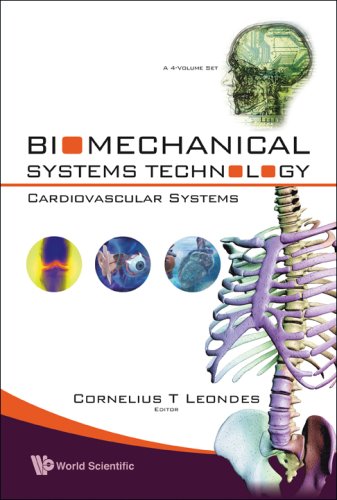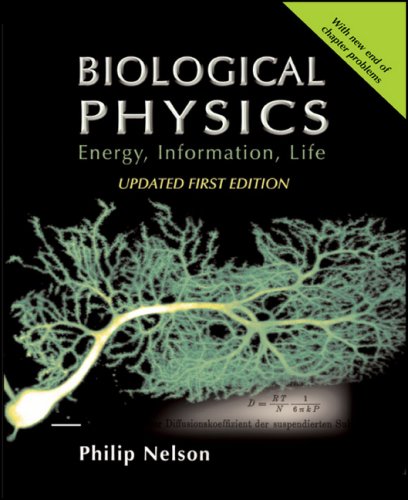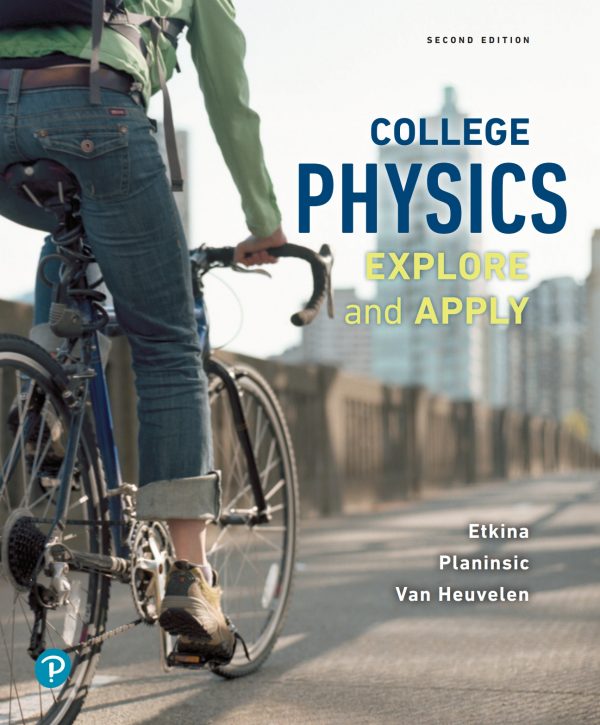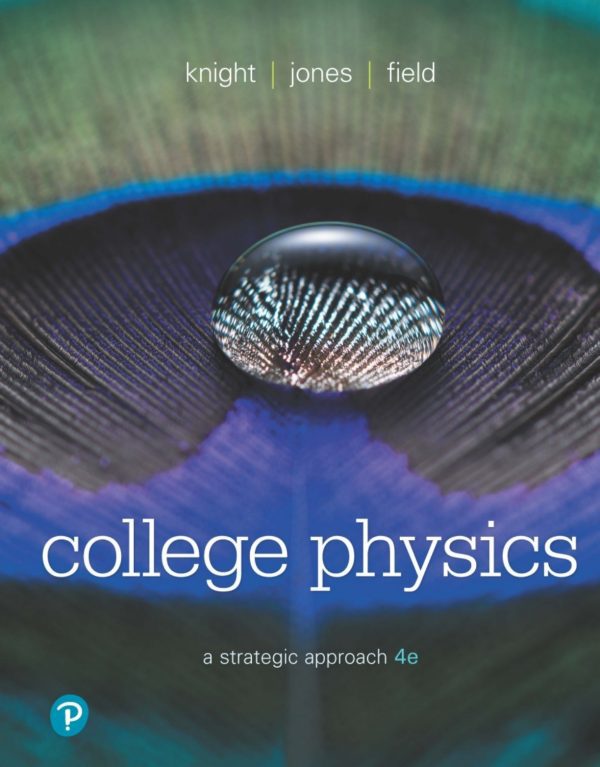Cornelius T. Leondes9789812707987, 9812707980, 9789812709813, 9812709819
Table of contents :
Preface……Page 6
CONTENTS……Page 8
1. Introduction……Page 10
2.1.1. Intensity-based similarity measures……Page 13
2.1.2. Contour-based measures……Page 15
2.2.1.1. B-splines……Page 16
2.2.1.3. Thin-plate splines (TPS)……Page 17
2.2.1.5. Elastic body splines (EBS)……Page 18
2.2.2.1. Linear elastic……Page 19
2.2.2.5. Viscous fluid……Page 20
2.2.2.8. Finite element……Page 21
3.1. Head and Neck……Page 22
3.2. Thorax and upper abdomen……Page 25
3.3.1. Measurement of organ motion……Page 29
3.3.2. Application of deformable registration……Page 30
3.3.2.2. Image fusion……Page 31
Acknowledgments……Page 32
References……Page 33
1.1. Cerebral aneurysms and their treatment……Page 38
1.2. Patient-specific hemodynamics……Page 40
2.1. Anatomical modeling: image processing……Page 42
2.2. Anatomical modeling: geometric modeling……Page 46
2.3. Anatomical modeling: grid generation……Page 47
2.4. Flow modeling: computational fluid dynamics……Page 48
2.4.1. Spatial discretization……Page 49
2.4.3. The divergence operator……Page 50
2.4.4. Temporal discretization: projection schemes……Page 51
2.4.5. Temporal discretization: implicit schemes……Page 53
2.4.6. Implicit treatment of the advection terms……Page 54
2.4.7. Blood viscosity……Page 55
2.4.8. Boundary conditions……Page 56
2.5. Flow modeling: post processing……Page 58
2.6. Flow modeling: visualization……Page 60
3. Hemodynamics Simulations and Endovascular Devices……Page 63
3.1. Embedded grid techniques……Page 64
3.1.1. Kinetic treatment of embedded objects……Page 66
3.1.2. Kinematic treatment of embedded surfaces……Page 68
3.1.3. Determination of crossed edges……Page 69
3.1.4. First order treatment……Page 70
3.1.5. Higher order treatment……Page 72
3.1.6. Deactivation of interior regions……Page 73
3.1.7. Extrapolation of the solution……Page 75
3.1.9. Direct link to particles……Page 76
4.1. Flow past a circular cylinder……Page 77
4.2. Idealized aneurysm stenting model……Page 79
4.3. Idealized model of stented perforating artery……Page 81
4.4. Patient specific aneurysm stenting model……Page 82
4.5. Models of aneurysm coiling……Page 84
5. Conclusions……Page 85
References……Page 87
1. Introduction……Page 96
2. Mechanical Behavior of Biological Soft Tissues……Page 98
3.1. Natural neighbor interpolation……Page 101
3.2. Computation of the natural neighbor shape functions……Page 103
3.3. Natural element formulation……Page 105
4.1. Biomechanical modeling of human cornea……Page 106
4.2. Temporomandibular disc……Page 109
4.3. Passive modeling of heart……Page 112
4.4. Human knee ligaments……Page 116
5. Conclusions……Page 120
References……Page 121
1. Introduction……Page 126
2. MDCT Scanning Protocol……Page 128
3. Physiopathology of the Airways……Page 130
4.1. Cross-section data imaging……Page 133
4.2. Volume rendering: a projective approach……Page 135
4.2.1. Minimum and maximum intensity projection (mIP/MIP)……Page 136
4.2.2. Composite rendering……Page 137
5.1. 3D segmentation of the airways……Page 143
5.1.1. Global investigation of the bronchial tree……Page 148
5.2. Axis-based description for morphometric analysis, interaction and navigation……Page 149
5.2.1. Axis computation of the tracheobronchial tree……Page 150
5.2.2. Morphometric analysis……Page 154
5.2.3. Interaction and navigation facilities……Page 155
5.2.4. Assessment of airway reactivity and bronchial wall remodeling……Page 156
5.3.1. 3D mesh modeling of the tracheobronchial tree……Page 158
5.3.2. Airflow simulation in proximal airways……Page 161
5.3.3. New trends in airway wall quantification: a volumetric approach……Page 164
6. Conclusion……Page 167
References……Page 168
Authors Contact Information……Page 174
1. Introduction……Page 176
2. Anatomy and Physiology of the Heart……Page 177
3. Left Ventricular Diastolic Function and its Clinical Assessment Using Color M-mode Doppler Echocardiography……Page 180
4. Fluid Mechanics of Intraventricular Blood Flow……Page 183
5. Advancing Clinical Diagnosis Using Computational Biomechanics……Page 185
6.1.1. Modeling the left ventricle……Page 186
6.1.3. Analysis of blood flow……Page 188
6.2. Analysis of left ventricular diastolic flow and its relation to the pattern of a CMD echocardiogram……Page 189
6.3. Influence of the mitral valve orifice opening mode on intraventricular diastolic flow……Page 194
References……Page 197
1. Introduction……Page 202
3. Radiation Dosage……Page 203
4. Contrast Reagents……Page 205
5.1. Clinical CT equipment……Page 206
5.2. Clinical imaging: circulatory system……Page 208
5.4. Clinical imaging: gastroinstinal tract……Page 210
5.6. Clinical imaging: urography……Page 211
5.8. Surgical planning……Page 212
5.9. Prosthetic and implant design……Page 213
6. Micro CT……Page 214
6.2. Micro CT imaging: bone research……Page 215
6.3. Micro CT imaging: vasculature studies……Page 217
6.5. Micro CT imaging: tissue engineering……Page 218
6.6. Micro CT imaging: soft tissue analysis……Page 219
6.7. Micro CT imaging: In vivo imaging……Page 220
6.8. Micro CT imaging: finite element modeling (FEM)……Page 221
7. Future Development in Clinical and Micro CT……Page 222
References……Page 223
1. Introduction……Page 234
2. Measurement of Liver Tissue Elasticity……Page 237
2.1. Preparation of tissue sample……Page 238
2.3. Uniaxial loading tests……Page 239
3.1. Stress–strain relationship……Page 241
3.2. Nonhomogeneity……Page 242
3.3. Effects of temperature……Page 244
3.4. Strain rate dependency……Page 245
3.6. Anisotropy……Page 246
4. Strength and Elastic Modulus of Liver Tissues……Page 248
5. Mathematical Description of Liver Tissue Elasticity……Page 250
5.1. Empirical expressions……Page 251
5.2. Strain energy functions……Page 252
5.3. Image based inverse finite element parameter estimation……Page 257
5.4. Multi-linear constitutive equation……Page 262
5.4.1. Equivalent stress and strain for multi-axial state……Page 264
6. Finite Element Simulation of Soft Tissue Deformation……Page 267
7.1. Methods of experiment……Page 272
7.2. Viscoelastic properties of liver tissue and constitutive modeling……Page 273
7.4. Biomechanics of hepatic vessel……Page 274
Acknowledgments……Page 275
References……Page 276
1.1.1. Negative charged proteoglycan-collagen matrix……Page 280
1.1.2.1. Surface layer (or superficial zone)……Page 281
1.1.3. Inhomogeneity and anisotropy of mechanical properties……Page 282
1.2.1. Origin of swelling……Page 283
1.2.2. Osmosis-induced swelling behavior……Page 284
2.1. Specimen preparation……Page 286
2.2.1. Manually-controlled 3D ultrasound system……Page 287
2.2.2. Motor-controlled 3D ultrasound system……Page 288
2.3.1. Dimension-dependence of swelling behavior……Page 289
2.3.3. Shrinkage-swelling test……Page 291
2.3.4. Monitoring swelling behavior using ultrasound elastomicroscopy……Page 292
3.1. Transient swelling strain……Page 293
3.2. Transient changes in ultrasound speed……Page 295
3.3. Effect of specimen dimension on swelling measurement……Page 296
3.4. Differences between in situ and ex situ measurements……Page 297
3.5. Depth-dependence of swelling behavior……Page 298
References……Page 300
1. Introduction……Page 306
2. Analyzed Data……Page 307
3.1. Symbolic dynamics……Page 308
3.2. Non-linear prediction……Page 312
3.2.1. Parameter setting……Page 314
3.3. Discriminant analysis……Page 316
4.1. Symbolic dynamics……Page 317
4.2. Non-linear prediction……Page 321
4.3. Discriminant analysis……Page 322
5. Discussion and Conclusions……Page 324
References……Page 327







Reviews
There are no reviews yet.